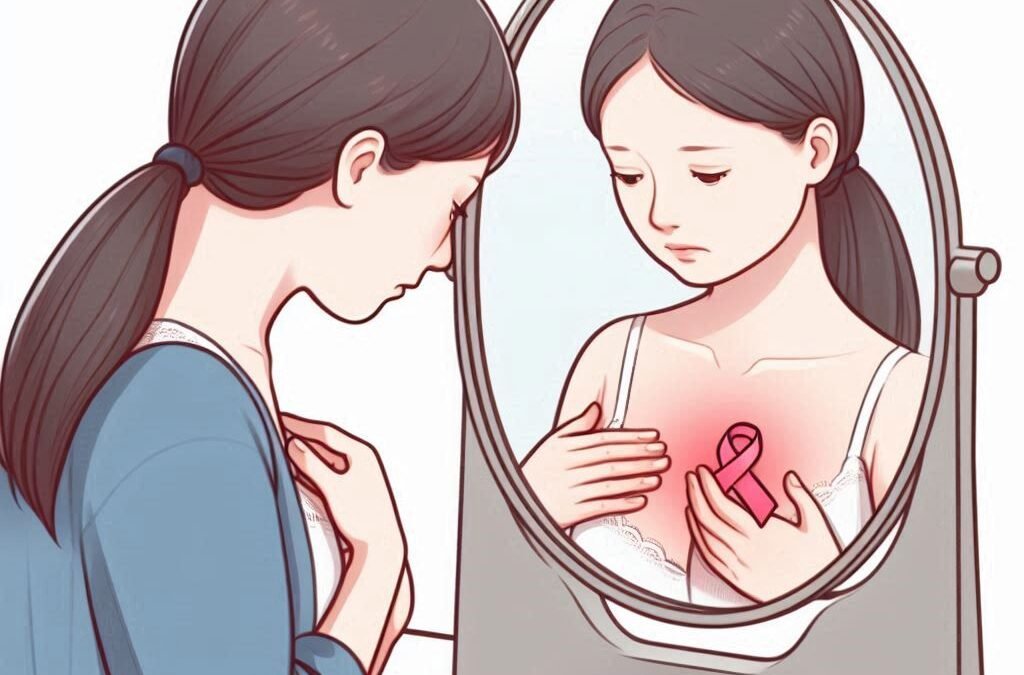A Comprehensive Guide to Breast Self-Exam (BSE)
Why Breast Self-Exam (BSE) Matters
Early detection of breast cancer can significantly improve the chances of successful treatment and recovery. Regular breast self-exams (BSE) are a simple yet effective way to detect abnormalities early. Understanding how to perform a BSE correctly can empower you to take charge of your health.
When to Perform a Breast Self-Exam
For premenopausal women, the best time to perform a BSE is a few days after your menstrual period ends, when your breasts are least likely to be swollen or tender. Postmenopausal women should choose a consistent day each month, such as the first day of the month, to perform their BSE.
Step-by-Step Guide to Breast Self-Exam
1. Visual Inspection
Start by standing in front of a mirror with your shoulders straight and your arms on your hips. Look for any changes in the size, shape, or symmetry of your breasts. Note any dimpling, puckering, or bulging of the skin, as well as changes in the position of the nipples or any redness, soreness, rash, or swelling.
2. Raise Your Arms
Raise your arms and look for the same changes. Check if you notice any fluid (watery, milky, or yellow fluid or blood) coming out of one or both nipples.
3. Lie Down
When lying down, the breast tissue spreads out evenly along the chest wall. Place a pillow under your right shoulder and your right arm behind your head. Using your left hand, move the pads of your fingers around your right breast gently in small circular motions. Cover the entire breast from top to bottom, side to side – from your collarbone to the top of your abdomen, and from your armpit to your cleavage.
4. Use Different Pressure Levels
Use light pressure to feel the tissue just beneath the skin, medium pressure for the middle tissue, and firm pressure for the deep tissue in the back. When you’ve reached the deep tissue, you should be able to feel down to your ribcage.
5. Switch Sides
Repeat the process on your left breast, using your right hand.
6. Standing or Sitting
Some women find it easier to feel their breasts when their skin is wet and slippery, so you might want to do this step in the shower. Cover your entire breast, using the same hand movements described in step 4.
What to Do If You Find a Lump
If you find a lump or notice any other unusual signs, don’t panic. Most breast lumps are not cancerous. However, it’s crucial to schedule an appointment with your healthcare provider to get it checked out as soon as possible.
Making Breast Self-Exam a Routine
Incorporating BSE into your regular health routine can help you become more familiar with your breasts and more likely to notice any changes. Remember, BSE is not a substitute for regular mammograms and clinical breast exams. It’s an additional tool for early detection. . Regular breast self-exams are an essential part of your health routine. They can help you detect changes early and increase your chances of successful treatment if breast cancer is present. Take charge of your health today by incorporating BSE into your monthly routine.
Stay informed, stay proactive, and take control of your health.

